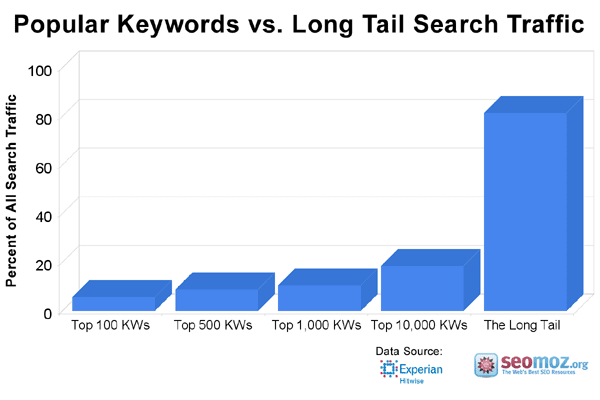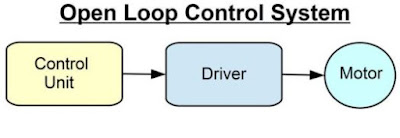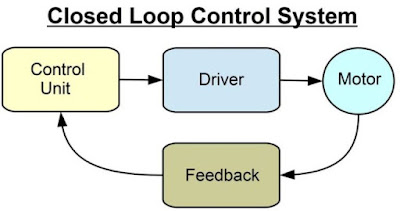Latest OFF Page SEO Activities
Off-page SEO indicates all the things that you do directly to your website to help you rank higher, such as social networking, article submission, forum, blogging, community creation & blog marketing, etc.
Here are some most effective off-page activities which help you to increase your page ranking :





















